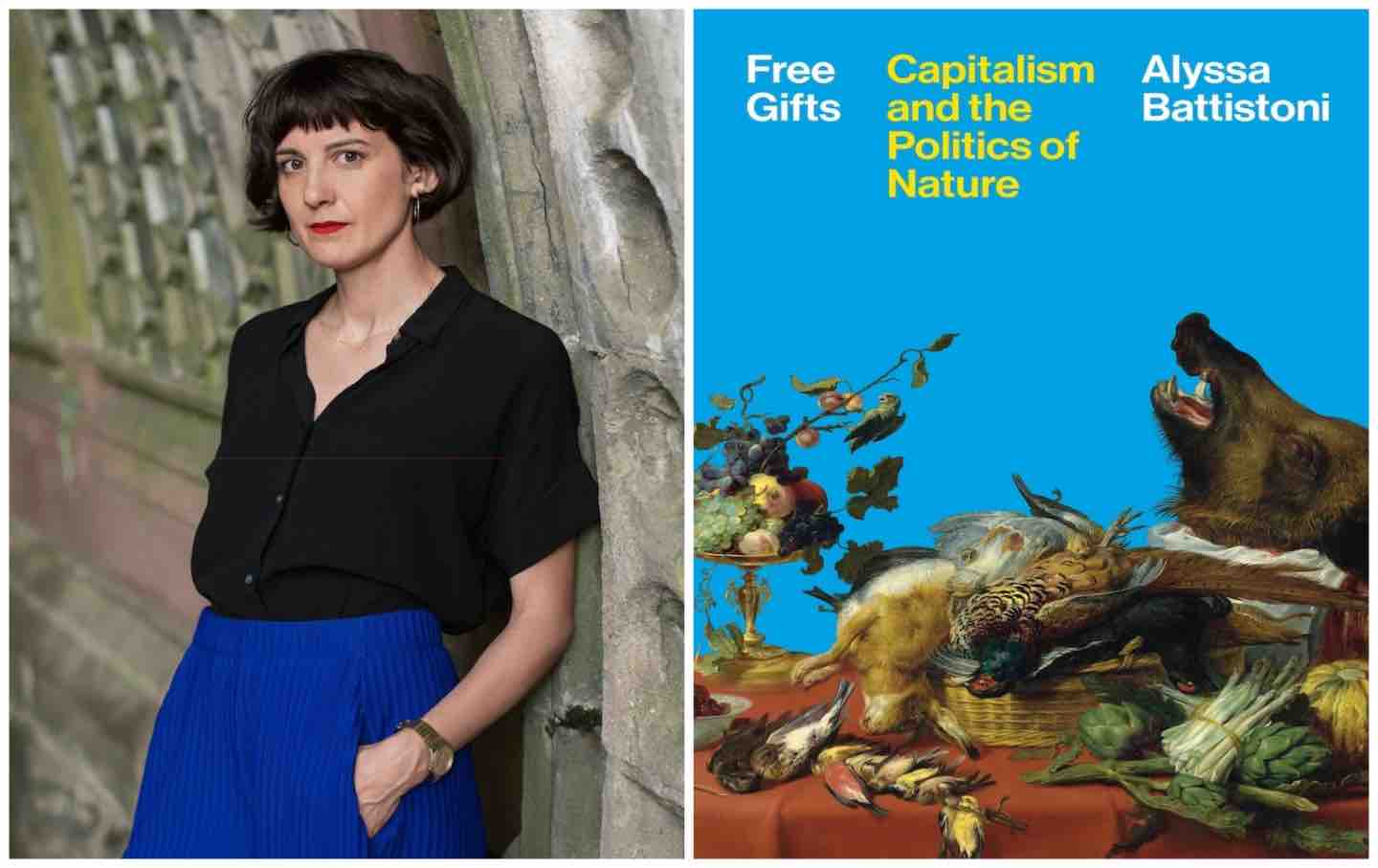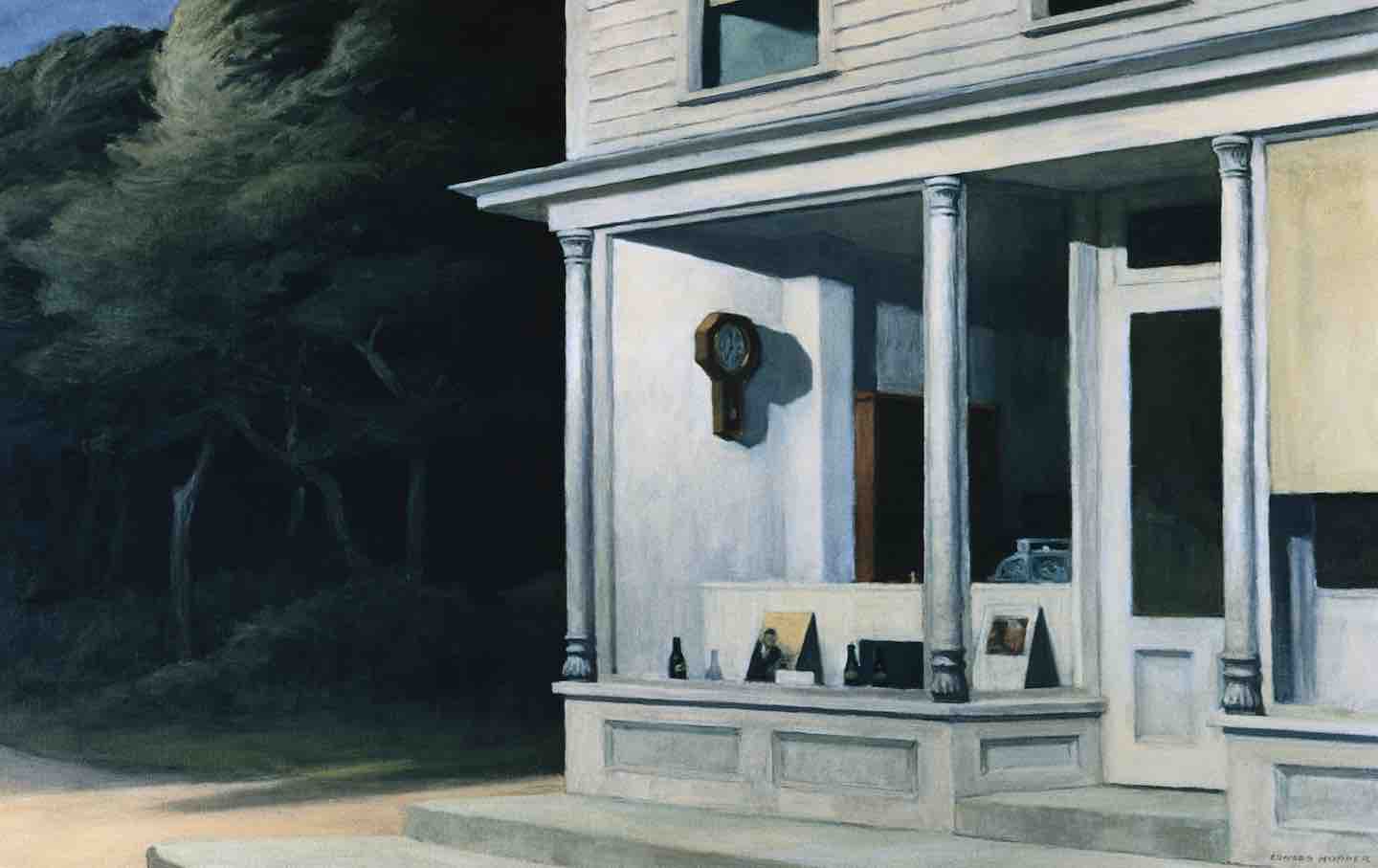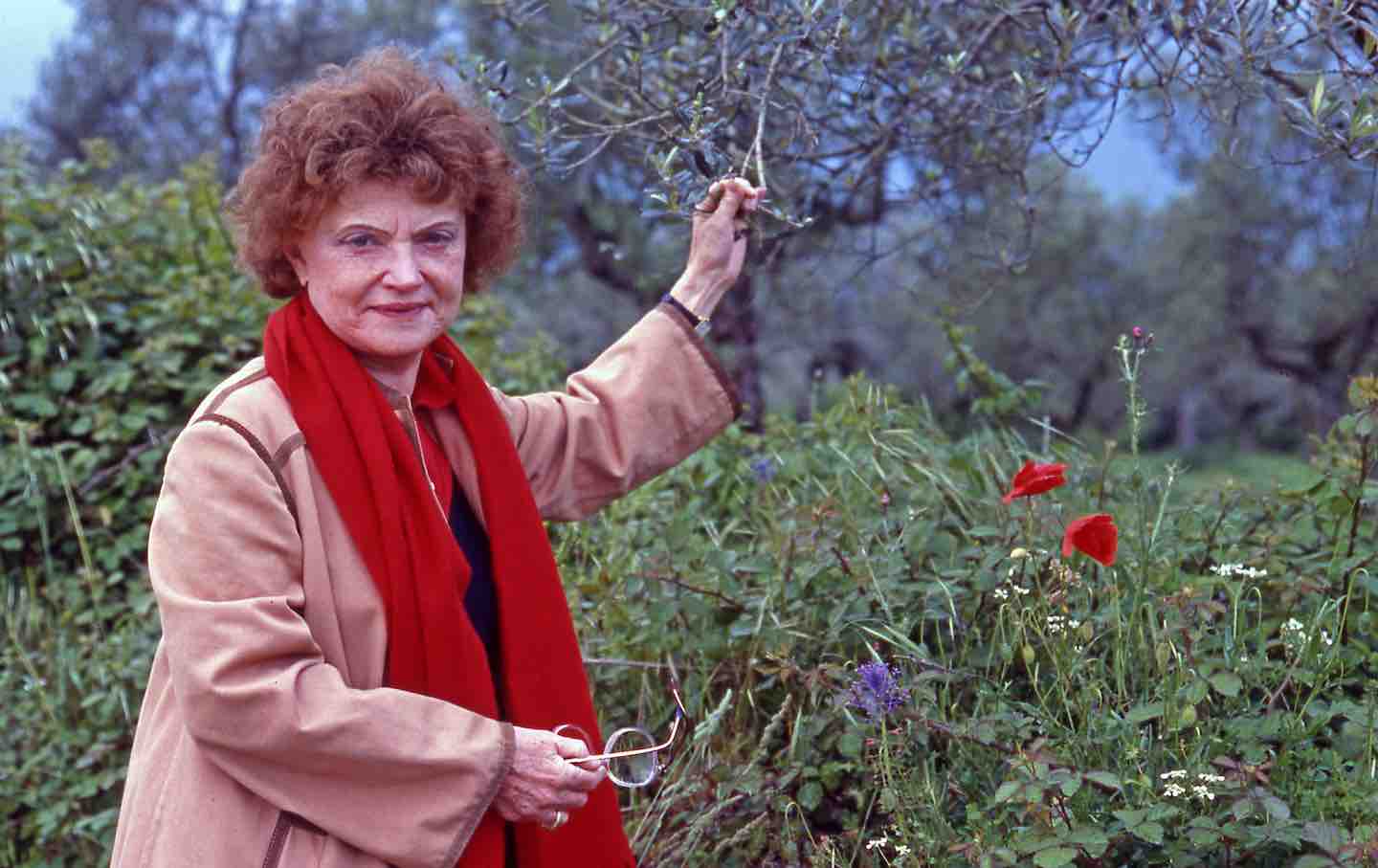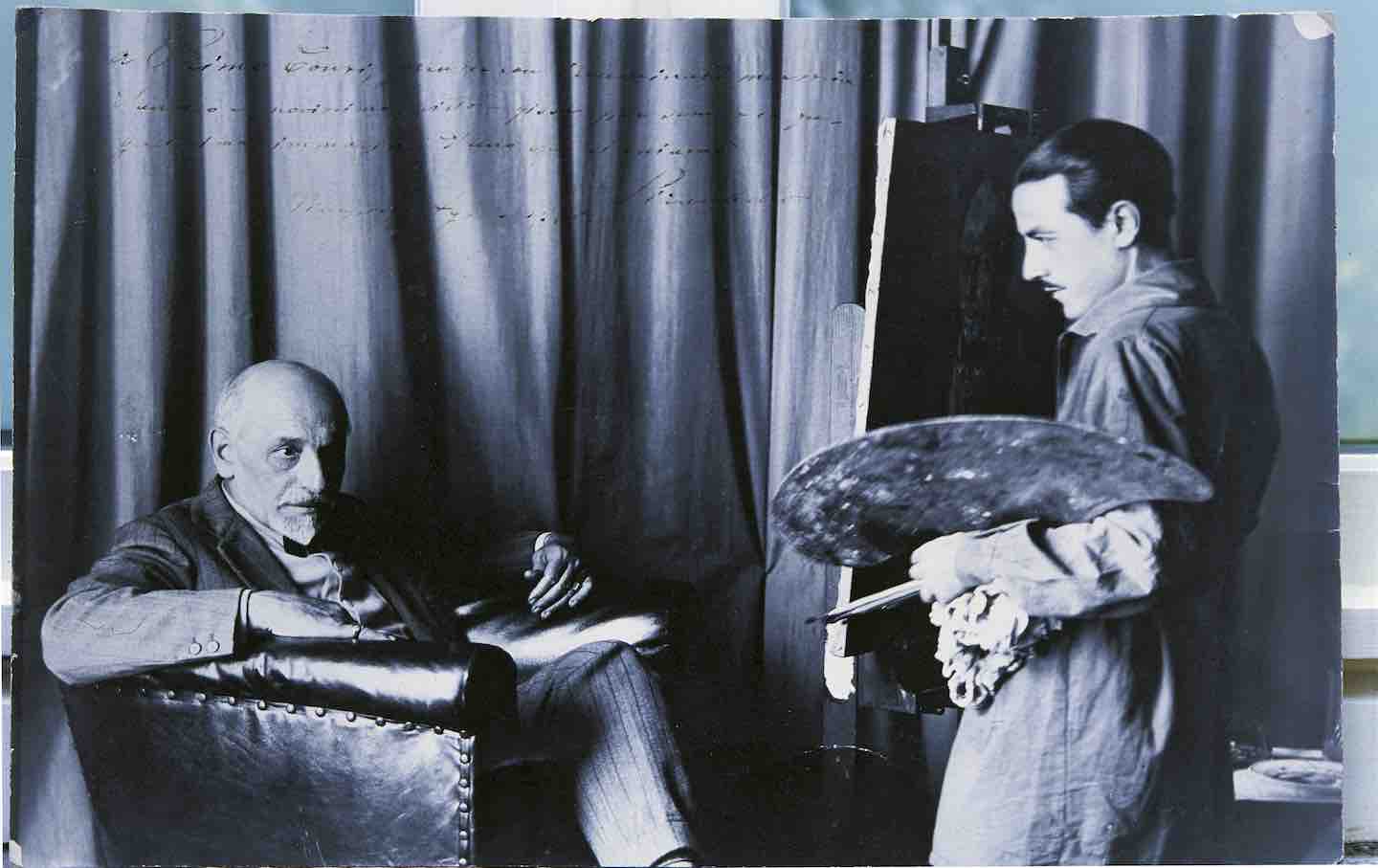Lyn Hejinian’s Counterlife
The pioneering poet expanded the possibilities of both poetry and autobiographical writing.
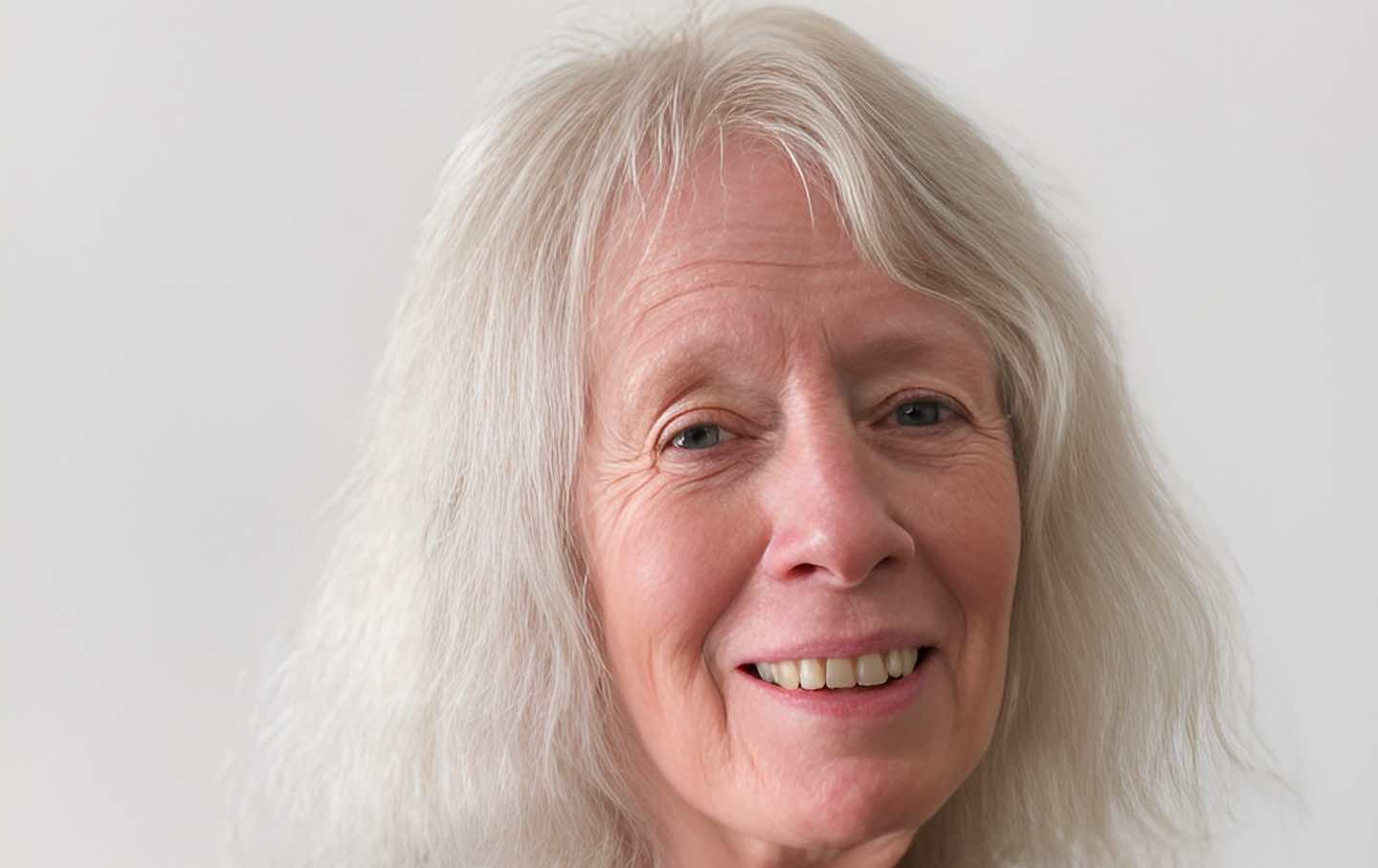
Language poetry was the last genuine literary avant-garde in the United States. Composed of perhaps two dozen core members, it flourished between the mid-1970s and the late ’80s in the Bay Area and, to a lesser extent, New York. The movement—variously called the “language school,” “language writing,” “language-centered writing,” “L=A=N=G=U=A=G=E,” or simply “language”—is best known for three things. First, the way its members deformed syntax to produce a nonreferential and sometimes asyntactical style of writing. Second, the way they imported ordinary-language philosophy, Russian formalism, and French poststructuralism not only into essays about poetics but also into poetry itself. And third, their rejection of the concept of selfhood that undergirds the expressive first-person lyric.
What made the language poets a proper avant-garde, however, was that many connected this radical aesthetic program to a radical political program. In the wake of the Vietnam War, the destruction of the welfare state, and the emergence of a post-industrial consumer culture and information society, they regarded dismantling dominant linguistic and ideological structures as a necessary step in dismantling dominant political and economic structures. As is the fate with many avant-gardes, a number of prominent language poets wound up taking posts in the very institutions they had criticized—in this case, the academy. But through teaching and publishing with university presses, they influenced a new generation of writers; what remains of innovative poetry in North America today bears the stamp of their experiments and theories.
On February 24, language poetry lost one of its outstanding practitioners, Lyn Hejinian, at the age of 82. Born in 1941 in the Bay Area, where she spent most of her life, Hejinian would no doubt have objected to being singled out in this way. Whether it was as the editor of Tuumba Press, which published 50 mimeograph chapbooks between 1974 and 1986; as the coeditor of the 10 volumes of the Poetics Journal alongside Barrett Watten between 1982 and 1998; as a participant, along with nine others, in The Grand Piano: An Experiment in Collective Autobiography; as translator of the Russian poet Arkadii Dragomoshchenko; as the coauthor of books such as Leningrad (with Watten, Michael Davidson, and Ron Silliman), The Wide Road (with Carla Harryman), or Sight and Hearing (with Leslie Scalapino); or as a professor and mentor to many at the University of California, Berkeley, Hejinian exemplified the collaborative ethos of language writing. Yet it seems likely that Hejinian’s masterpiece, My Life, will be among the handful of texts for which the movement is remembered, and probably the only one that will achieve independent status as a literary classic. Despite—or perhaps because—it is a departure from her own more language-centered writing and that of her colleagues, it has reached a wider audience of readers who cherish the lyricism of its sentences and the formal uniqueness of its experimental approach to autobiography.
Written when Hejinian was 38, the original 1980 version of My Life contains 38 prose poems of 38 sentences, each obliquely covering one year of her life. (Seven years later, Hejinian would expand the collection to 45 sections; a 10-section poem, “My Life in the Nineties,” was appended in 2003.) Each prose poem is given a short header or title, a fragmentary phrase of between a few and a dozen words long that is repeated in different variations throughout the book. “The obvious analogy is with music,” to quote one of them.
My Life is composed of sentences and fragments that showcase the great diversity of uses to which these linguistic units can be put: lyrical description, overheard speech, proverbial utterance, philosophical assertion, factual reporting, narrative, and so on. Hejinian collages these units in such a way that they appear at first to be puzzling non sequiturs. The reader is invited to “goggle at the blessed place realism requires,” to instead imagine the linkages between the sentences herself, and to see—thanks to the repetitions of the titular fragments—how the meaning of a fixed phrase can alter, expand, and surprise when placed in new contexts, a literary experience that anticipates by several decades the sorts of language flows now familiar to us through the experience of digital, networked life.
In all of these respects, My Life is what Hejinian, in her 1983 essay “The Rejection of Closure,” called an “open text”: one that does not direct the reader toward a single interpretation, but rather one in which “all the elements of the work are maximally excited.” In her hands, “each sentence” of My Life becomes “the whole story,” a poem unto itself. Hejinian’s use of these collage techniques allows the reader to simultaneously entertain fragmentation and totality, chaos and order, singularity and repetition. My Life gives each of these structural features of being-in-the-world its due and proper proportion, without giving in to the temptation to resolve one in favor of the other. “As for we who ‘love to be astonished,’” as another of her fragments has it, the overall effect on the reader is one of a beguiling intimation of the kind of formal, lattice-like perfection that is rarely encountered in literature or, for that matter, in life.
Just so, the portrait of Hejinian that emerges from the first image of the expanded version of My Life (a memory of her father returning home from World War II) to the last (a memory of a conversation with her grandfather about happiness and the fear of death) is at once intimate and oblique. Her rigorously formal impressionism cuts against the grain of the paradoxically prefabricated and expressionistic selfhoods put on display in most contemporary memoir, autofiction, and first-person lyric, arguably the dominant Anglophone literary genres of the 21st century. The interpretive openness of My Life, in her words, “invites participation” and “rejects the authority of the writer over the reader and thus, by analogy, the authority implicit in other (social, economic, cultural) hierarchies.”
Hejinian comes across primarily as a sensibility or style of writing, as a way of thinking with sentences, rather than as the representation of a collection of events organized and described according to the norms of narrative and scene. Although it is not without antecedents—Gertrude Stein and Michel Leiris come to mind—My Life could nonetheless be said to be a key text of a counter-canon of refreshing experiments in autobiographical writing that would also include works like Teresa Hak Kyung Cha’s Dictee, Jacques Roubaud’s The Great Fire of London, Lisa Robertson’s Boat, and, most recently, Sheila Heti’s Alphabetical Diary. These texts do not attempt to conceal the artifice with which they were constructed, and as a result, the reader comes away with an indelible impression not merely of who the subject is but how the subject is. Or was.
No small part of the impulse of autobiography in particular, and writing in general, is to preserve one’s experiences so that they will survive time and death. Yet few writers, of whom Hejinian was one, manage to develop linguistic techniques for preserving a sense of the quiddity of those experiences. If to reject closure in literature and in politics is an attempt to reject it in life, no one can be said to be successful—but by attempting the former, as Hejinian did, one can come away with a kind of wisdom about the latter. A wisdom that makes it possible to write a sentence like this: “There is no deeper secret to immortality than having lived.”
Disobey authoritarians, support The Nation
Over the past year you’ve read Nation writers like Elie Mystal, Kaveh Akbar, John Nichols, Joan Walsh, Bryce Covert, Dave Zirin, Jeet Heer, Michael T. Klare, Katha Pollitt, Amy Littlefield, Gregg Gonsalves, and Sasha Abramsky take on the Trump family’s corruption, set the record straight about Robert F. Kennedy Jr.’s catastrophic Make America Healthy Again movement, survey the fallout and human cost of the DOGE wrecking ball, anticipate the Supreme Court’s dangerous antidemocratic rulings, and amplify successful tactics of resistance on the streets and in Congress.
We publish these stories because when members of our communities are being abducted, household debt is climbing, and AI data centers are causing water and electricity shortages, we have a duty as journalists to do all we can to inform the public.
In 2026, our aim is to do more than ever before—but we need your support to make that happen.
Through December 31, a generous donor will match all donations up to $75,000. That means that your contribution will be doubled, dollar for dollar. If we hit the full match, we’ll be starting 2026 with $150,000 to invest in the stories that impact real people’s lives—the kinds of stories that billionaire-owned, corporate-backed outlets aren’t covering.
With your support, our team will publish major stories that the president and his allies won’t want you to read. We’ll cover the emerging military-tech industrial complex and matters of war, peace, and surveillance, as well as the affordability crisis, hunger, housing, healthcare, the environment, attacks on reproductive rights, and much more. At the same time, we’ll imagine alternatives to Trumpian rule and uplift efforts to create a better world, here and now.
While your gift has twice the impact, I’m asking you to support The Nation with a donation today. You’ll empower the journalists, editors, and fact-checkers best equipped to hold this authoritarian administration to account.
I hope you won’t miss this moment—donate to The Nation today.
Onward,
Katrina vanden Heuvel
Editor and publisher, The Nation



